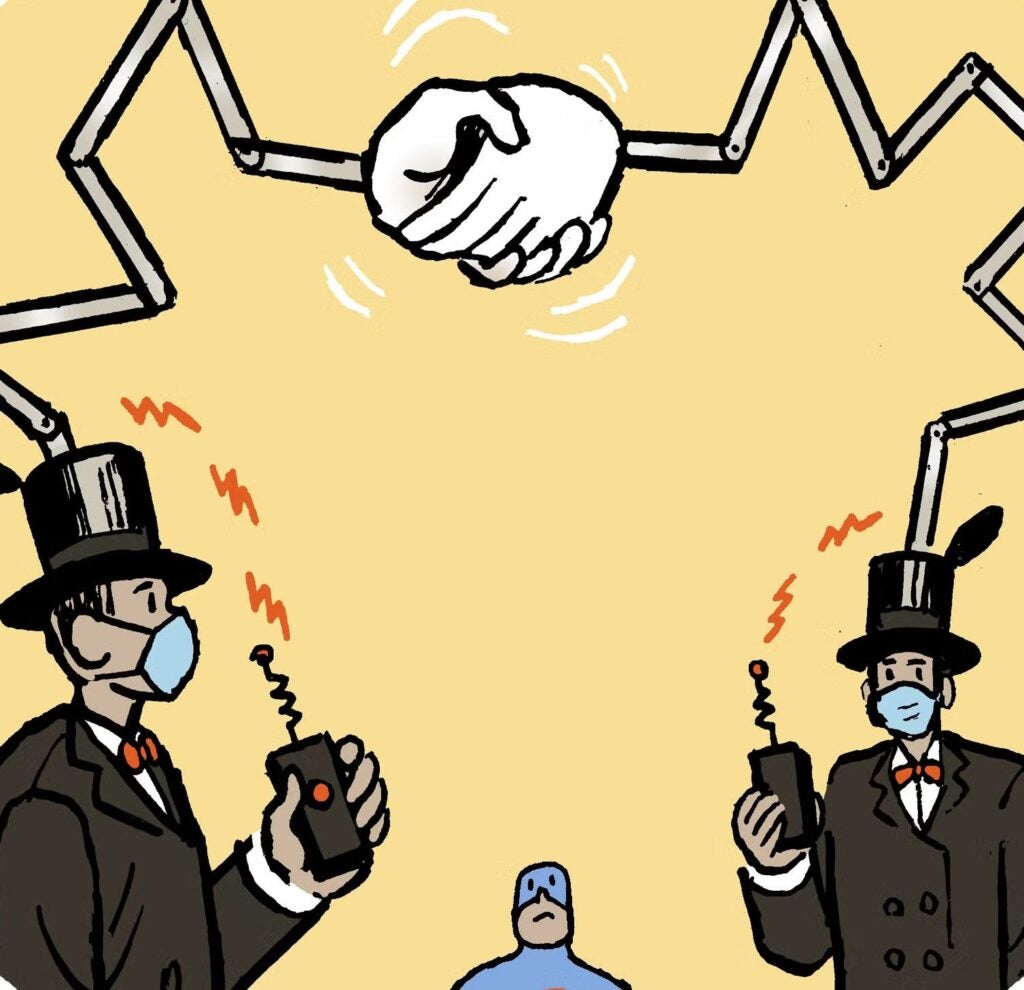AOL’s announcement that it would begin implementing Goodmail’s CertifiedEmail program and phasing out its enhanced whitelist is being denounced by at least one top industry executive as a cynical attempt to get more money out of non-spamming marketers.
Currently, AOL blocks graphics and links on most bulk e-mail unless the sender is on AOL’s whitelist. Beginning this week, however, AOL said it would allow senders who have gone through an accreditation process with Goodmail to display images and hyperlinks by default for a fraction of a cent per message.
AOL’s whitelist program is scheduled to be eliminated by the end of June.
However, the move will do nothing to help fight spam while essentially adding a delivery tax to e-mail sent by companies that already implement industry best practices, said Matt Blumberg, chief executive of deliverability consultancy Return Path.
“It does seem like a cynical attempt to get money out of reputable companies that have worked hard to earn the permission of their consumers to send them mail,” said Blumberg. “Now they’re being told if you don’t pay, that mail might or might not get there; it might or might not work when it does and it’s not going to have a little mark next to it that says it’s AOL certified.”
AOL said it will also add a “trust” symbol that will appear in the display window so recipients know that the message has been verified as from a sender with a good reputation.
However, Richard Gingras, chairman and CEO of Goodmail, Mountain View , CA, said whitelist programs — lists of e-mail senders that have good reputations — fall short because spammers “game” them. He added that the Goodmail-AOL partnership is a necessary response given the current state of the e-mail ecosystem.
“We’re talking about an environment that, as a result of spam and more importantly phishing, has been severely damaged,” said Gingras. “There’s almost no such thing as assured reliable deliverability any longer. The whole notion of trust in an incoming commercial message on the part of the consumer is in tatters.”
Gingras predicted that Internet service providers will increasingly begin automatically blocking images because of phishing — where scam artists send e-mail that looks to be from a legitimate financial institution in order to get bank-account information — and image-borne viruses.
Goodmail is also working with Yahoo.
Gingras predicted that ISPs’ use of whitelisting will diminish “as a means of providing significant privileges” such as assured delivery and guarantees that image and links will not be blocked.
However, Blumberg said, spammers won’t pay for the service. As a result, AOL will be charging marketers who aren’t the problem.
Blumberg added that reputable marketers already pay a fraction of a cent per e-mail to have their messages delivered, so AOL’s move will drastically raise delivery costs to AOL addresses.
Gingras said most e-mailers aren’t getting nearly as much of their e-mail delivered as they think. He said Goodmail plans to charge $2.50 per thousand e-mails “in the short term” and that the price could go up or down in the future “depending on how the value proves out.” Also, he said, the return on investment in terms of deliverability will be worth it.
Gingras added that most e-mailers aren’t getting nearly as much of their e-mail delivered as they think.
Gingras also conceded that AOL has a financial interest in Goodmail.
He said charging bulk e-mailers will provide the economic incentive to mail more efficiently as it does in direct postal mail. “Without economic friction, there is no incentive for mailers to clean up their lists.”
When asked why not charge all bulk mailers a fee, Gingras said, “We felt that it was appropriate to give bulk mailers choice. If you want to pursue plain delivery, then fine. Take the effort you currently take to do that. But if you want to special privileges of assured delivery and bypassing filters, and the special privilege of having that icon shown next to your message that this is a certified e-mail … then that’s a different story.”
 Network
Network


